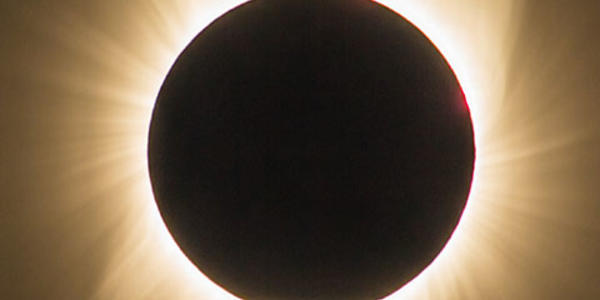The U.S. Total Electron Content (US-TEC) product is designed to specify vertical and slant TEC over the Continental US (CONUS) in near real time. The product uses a Kalman Filter data assimilation model. The Space Weather Prediction Center (SWPC) provides the Real-Time US-TEC as part of its mandate to provide real-time monitoring and forecasting of solar and geophysical events (see also SWPC model page). NCEI is the National Archive for the US-TEC product output and the CORS data.
US-TEC Product Details
The US-TEC product includes maps over the Continental US (CONUS) of the following:
- Vertical TEC
- An estimate of the uncertainty in the map
- The recent trend based on the departure of the TEC from the previous 10-day average
- ASCII data files of the vertical and slant path TEC
The slant path data files specify the line-of-sight electron content to the GPS satellites in view at the time. This ionospheric product is designed to estimate the signal delay for single and dual frequency GPS applications. Note that TEC values in regions outside of the CONUS have no data and should be treated with caution.
Files and Documentation
Background
The Kalman Filter data assimilation model is driven by data from ground-based Global Positioning System (GPS) dual frequency receivers. The primary data stream comes from the Maritime and Nationwide Differential GPS (M/NDGPS) real-time network of stations operated by the US Coast Guard (USCG), and is provided to the Space Weather Prediction Center by the National Geodetic Survey’s (NGS) Continuously Operating Reference Stations (CORS) network. Secondary data streams are provided by the GPS/Met network (meteorological application of GPS data) and the Real Time IGS (International GNSS Service) network. Currently, there are about 80 CORS, 30 GPS/Met, and 15 IGS stations ingested into the model.
Partners
US-TEC evolved through a collaboration between the Space Weather Prediction Center (SWPC), the National Geodetic Survey (NGS), NCEI, and the Global Systems Division (GSD).



